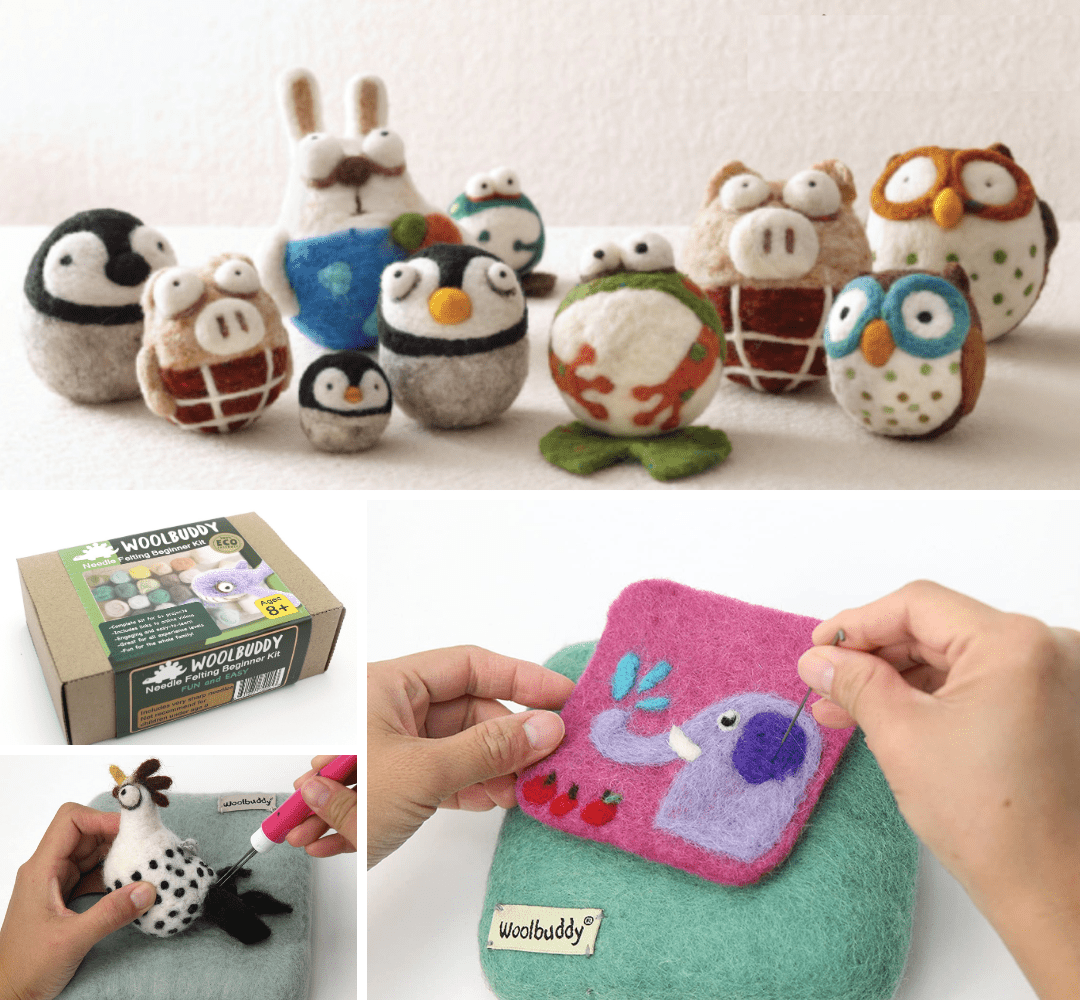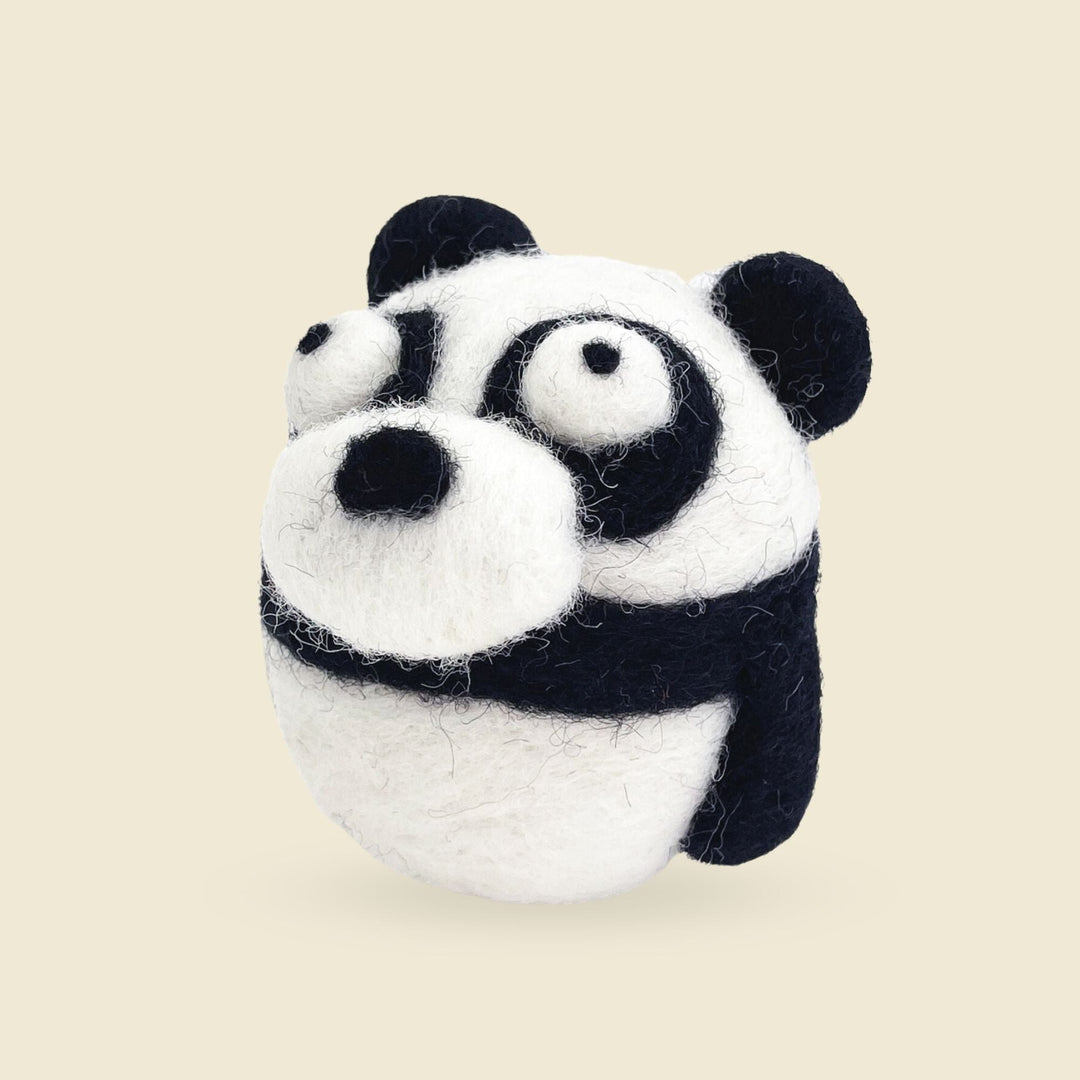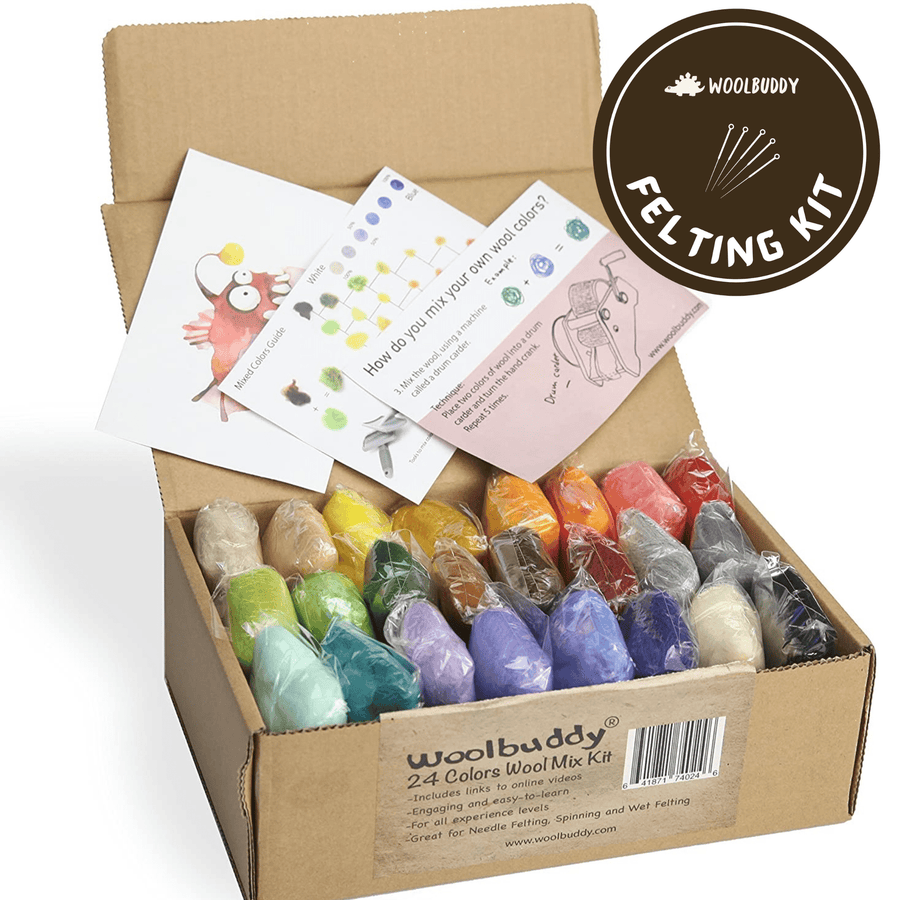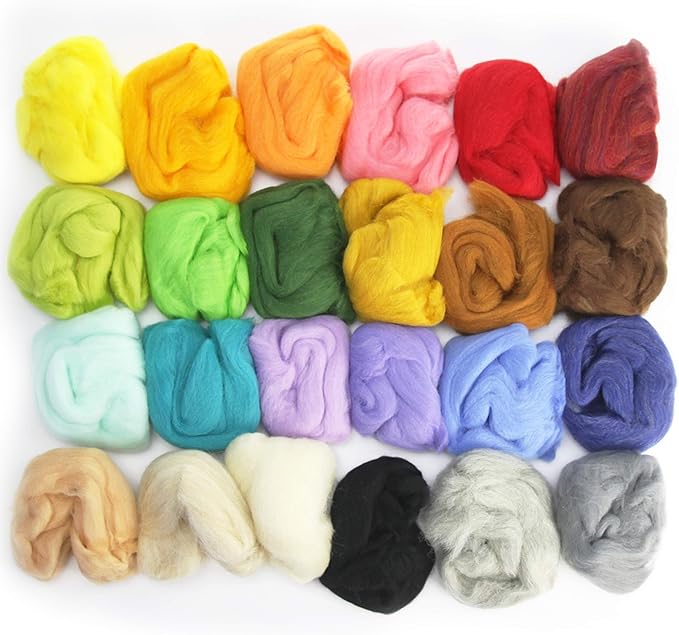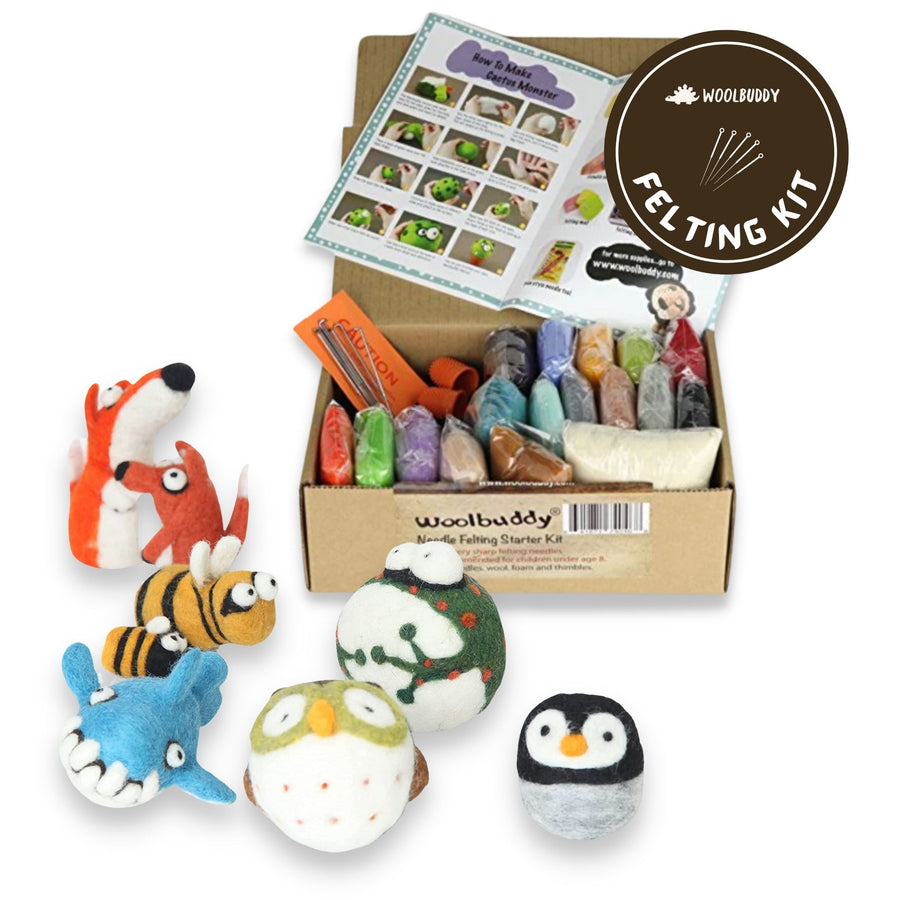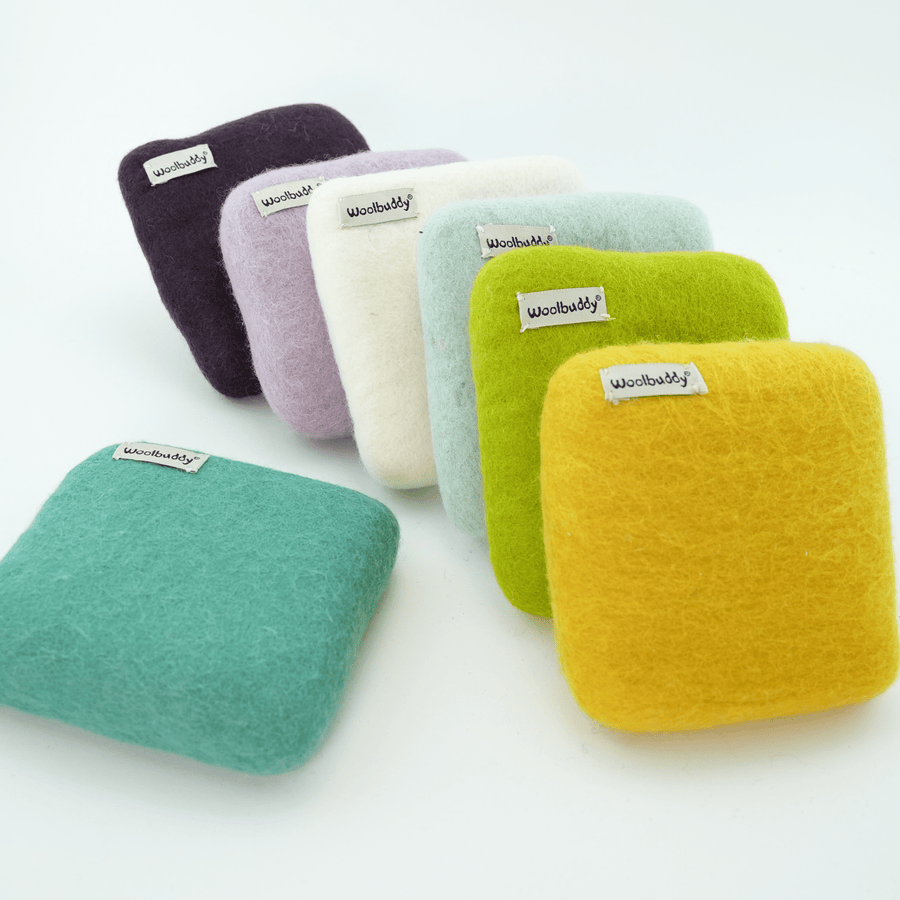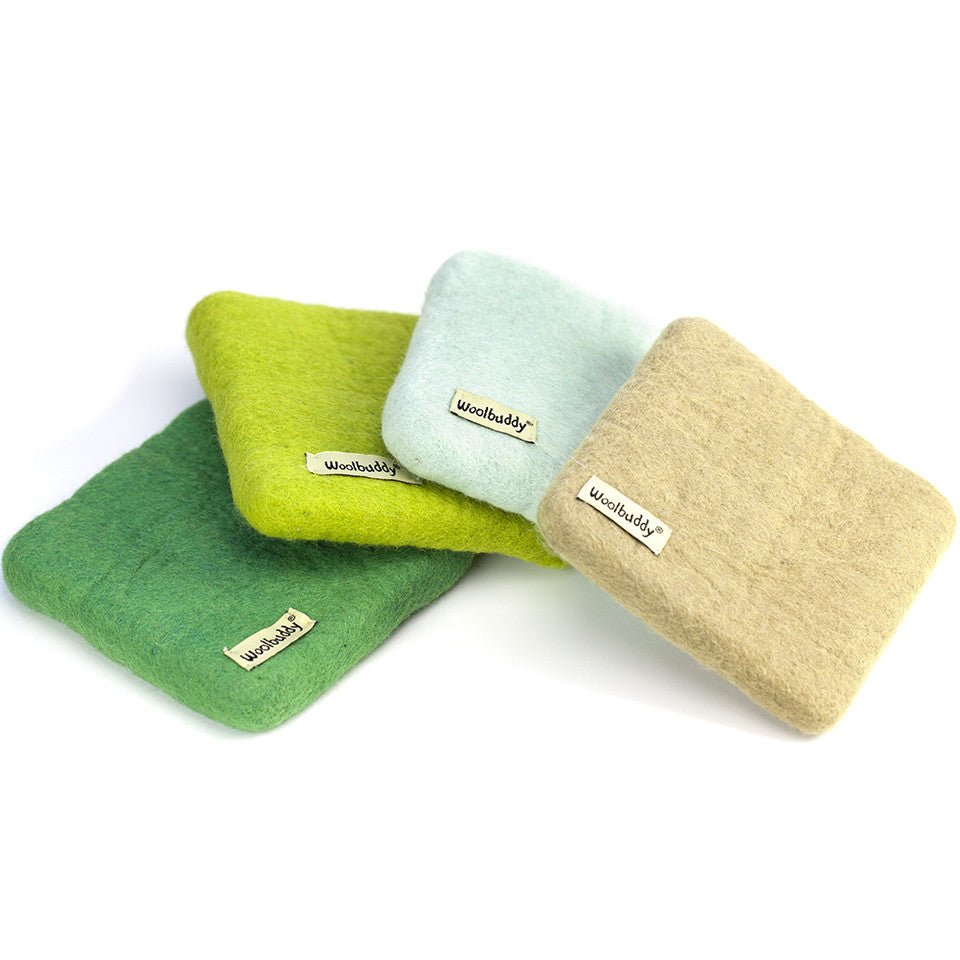What Types of Wool Are Best for Felting?

Needle felting is an ancient craft that has stood the test of time by evolving into a creative and vibrant art form. Whether you are an enthusiast of needle felting, wet felting, or nuno felting, choosing the right type of wool can significantly impact your project's outcome. Wool is a natural fiber prized for its versatility, resilience, and texture, making it an excellent medium for felting.
The Basics of Felting Wool
Felting occurs when the fibers in wool bind together through a combination of heat, moisture, and agitation. This process can be accomplished in several ways, and the type of felting wool you choose can affect the ease and quality of the process. The key to successful felting lies in the characteristics of the wool fiber itself, including aspects such as fiber diameter, crimp (the natural waviness of the fiber), and scales on the fiber surface.
Wool Types Ideal for Needle Felting
Merino Wool: Merino wool is perhaps the most popular and widely available type of wool for felting. It is known for its fine, soft fibers, which make it a joy to work with for needle felting. The consistent fiber diameter of Merino wool ensures that it felts evenly, providing a smooth and refined finish. Its softness is ideal for creating intricate details in needle-felted sculptures, toys, and ornaments. However, when used alone in larger projects, its fine texture may not hold its shape as firmly as coarser wool.
Corriedale Wool: Corriedale wool is an excellent option for those looking for a balance between softness and structural integrity. This medium-coarse wool felts quickly and forms a firm, strong base, making it ideal for both beginners and experienced felters. It is less fine than Merino wool, but this slight coarseness can be advantageous for projects that need durability and a bit more texture. Corriedale wool is a versatile choice, well-suited for creating robust, needle-felted animals, figures, and durable ornaments.
Wool Types Suitable for Wet Felting
Romney Wool: When it comes to wet felting, Romney wool is a top contender. This medium-coarse wool has a high crimp and density, allowing it to felt rapidly and evenly. It is slightly less soft than Merino wool, but its structural integrity makes it highly desirable for projects like felted bags, hats, and other accessories. Romney wool's resilience also makes it perfect for creating seamless, strong felted fabric by layering and blending colors.
Shetland Wool: Shetland wool is another favorite for wet felting due to its excellent felting characteristics. It possesses a natural crimp and elasticity, which helps create a firm and durable felt. Although Shetland wool is coarser than Merino wool, it felts quickly and can be used to craft more rustic, textured pieces. Its slightly coarser nature makes it suitable for projects that require a thicker, more robust material, such as rugs, mats, or outerwear.
Specialty Wools for Artistic Felting
Finn Wool: Finn wool, also known as Finnish Landrace, is a long-staple wool ideal for adding unique textures and artistic flair to your felting projects. It felts relatively quickly and provides a beautiful, fluffy finish. The fibers are soft yet strong, making it suitable for both needle and wet felting techniques. Finn wool is particularly popular among artistic felters who wish to experiment with mixed textures and sculptural forms.
Blue-faced Leicester Wool: Blue-faced Leicester (BFL) wool is a superb choice for those seeking a luxurious feel. This wool is renowned for its luster and softness, adding a touch of elegance to felted creations. BFL wool's longer fibers and gentle curl make it exceptional for creating soft, draped pieces as well as finely detailed needle-felted items. Its silky texture enhances the aesthetic appeal of wearable art, shawls, and detailed ornamental pieces.
Blended Wools for Versatile Felting
Blended wools, which combine different types of wool fibers, offer unique advantages for felting enthusiasts. These blends can enhance the characteristics of each individual wool type, resulting in a versatile material that performs well in various felting applications.
Merino and Silk Blends: Blends of Merino wool with silk are particularly cherished for their luxurious feel and beautiful sheen. These blends are perfect for fine art pieces and wearable felted items. The silk adds strength and a subtle luster, making the felted wool softer and more drapable. This blend is ideal for nuno felting, where the unique properties of both fibers shine in delicate felted fabrics.
Merino and Corriedale Blends: Combining Merino and Corriedale wool results in a harmonious blend that leverages the best qualities of both fibers. The softness of Merino wool complements the structural integrity of Corriedale wool, creating a versatile fiber that works well for a wide array of felting projects. This blend is excellent for beginners and for creating both detailed and durable felted sculptures.
Choosing the Right Felting Wool for Your Project
Selecting the appropriate felting wool for your project depends largely on the desired outcome and the felting technique you plan to use. Here are some points to consider when choosing felting wool:
Project Type
For detailed and delicate needle-felted pieces, opt for fine wool like Merino or specialty wool like Blue-faced Leicester. For structural and sturdy projects, medium-coarse wool like Corriedale or Shetland is ideal.
Felting Technique
Needle felting benefits from finer, softer wools for intricate work, while wet felting thrives with medium-coarse wools that felt quickly and evenly. Blended wools offer the best of both worlds for versatile project types.
Texture and Finish
Finer wools like Merino are your best bet if you desire a smooth, refined finish. For adding texture and a more rustic appearance, coarser wools such as Romney or Finn offer unique characteristics that enhance the artistic quality of your work.
Durability
Projects requiring durability and wear resistance, such as bags, rugs, or outerwear, benefit from the strength and robustness of medium to coarse fibers. Using Romney, Shetland, or blended wools can provide the necessary resilience.
Bring Your Felting Creations to Life with Woolbuddy
Selecting the right felting wool can make a world of difference in your creative projects. Whether you prefer the delicate touch of Merino, the robust characteristics of Corriedale, or the unique textures of specialty wools, there is a perfect wool type for your felting needs. Experiment with different fibers and blends to discover which works best for your specific techniques and artistic vision.
At Woolbuddy, we are passionate about providing high-quality, handmade woolen toys and ornaments that bring the art of needle felting to life. Explore our exclusive range of felting supplies and discover the perfect wool for your next project, or contact us today!

